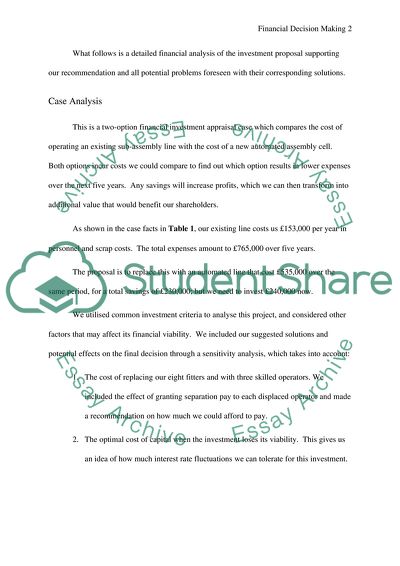Cite this document
(Financial Decision Making and Risk Analysis Case Study, n.d.)
Financial Decision Making and Risk Analysis Case Study. Retrieved from https://studentshare.org/finance-accounting/1538393-financial-management-and-risk-analysis
Financial Decision Making and Risk Analysis Case Study. Retrieved from https://studentshare.org/finance-accounting/1538393-financial-management-and-risk-analysis
(Financial Decision Making and Risk Analysis Case Study)
Financial Decision Making and Risk Analysis Case Study. https://studentshare.org/finance-accounting/1538393-financial-management-and-risk-analysis.
Financial Decision Making and Risk Analysis Case Study. https://studentshare.org/finance-accounting/1538393-financial-management-and-risk-analysis.
“Financial Decision Making and Risk Analysis Case Study”. https://studentshare.org/finance-accounting/1538393-financial-management-and-risk-analysis.


